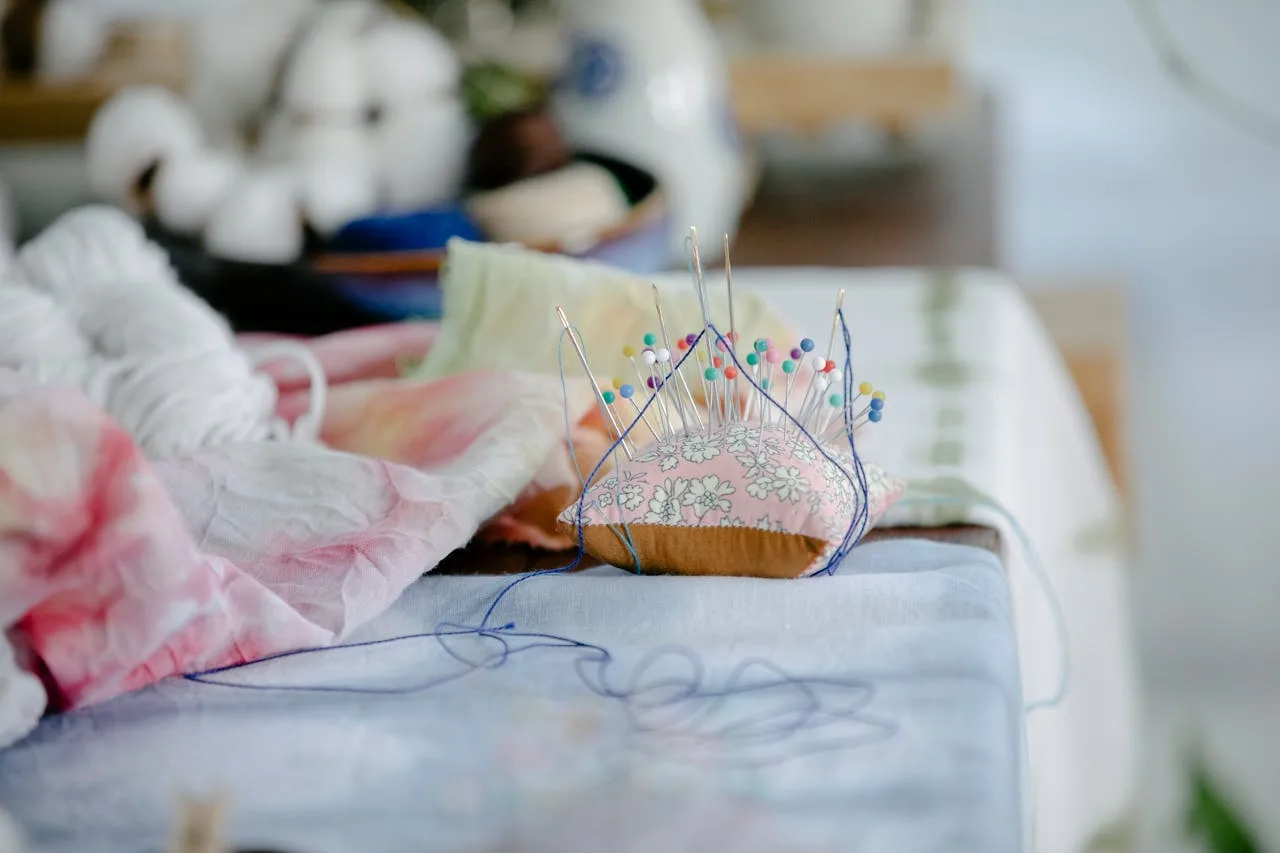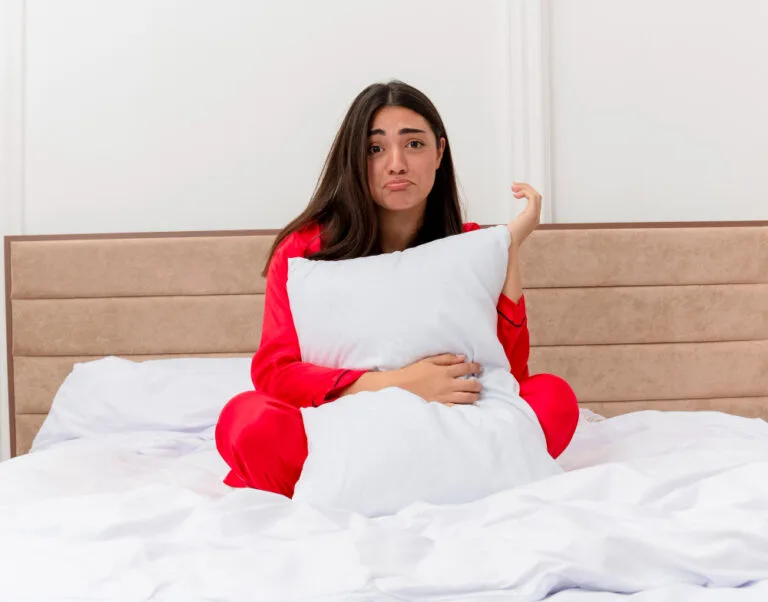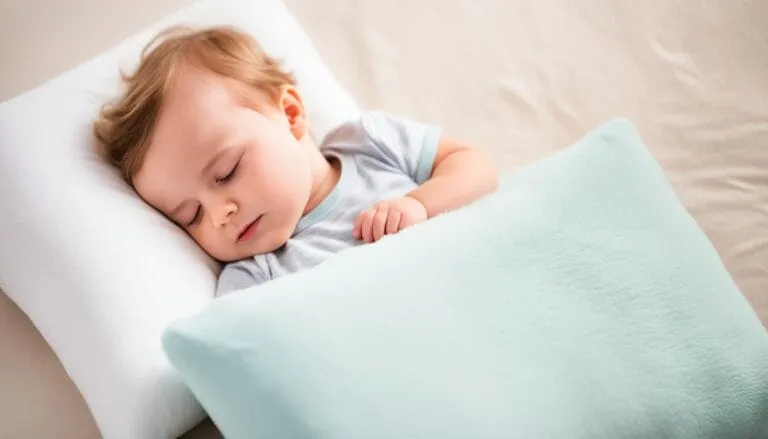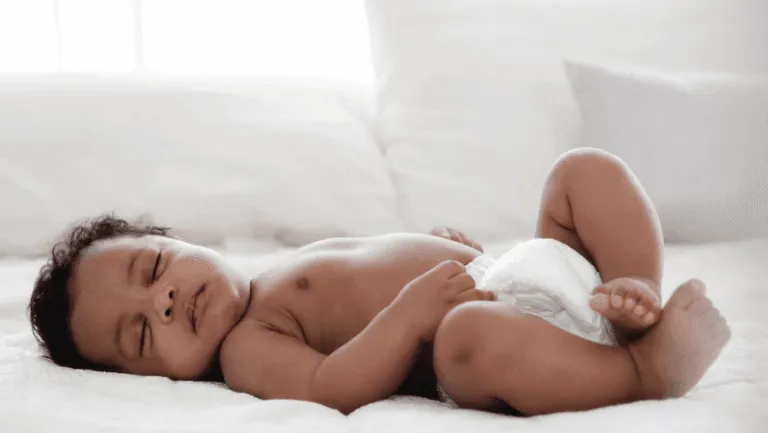Welcome to our step-by-step guide on how to sew a pillow cover without hassle. This is great for both those who love to sew and those just starting. Sewing your own pillowcase adds a personal touch to your home. We’ll guide you through, step by step, with clear instructions and great tips.
To start, gather these materials: your fabric, thread that matches, scissors, pins, and a sewing machine (or needle if you’re hand-sewing). Don’t forget any closures, like zippers or envelope types. Also, pick a fabric you love that also goes with your home’s colors.
Cutting the fabric to the right size and shape is next on our list. This step makes sure your pillow fits perfectly. We’ll then show you to sew the seams cleanly and safely for that pro touch. And you’ll learn how to add a zipper for easy cleaning or an envelope style for a neat finish.
We’re here to help you at every step, especially if you’re new to sewing. Sewing your first pillow cover can be worry-free. It helps you learn basic skills while creating something lovely for your home.
Ready to start crafting? Get your things together and find a good spot to work. Let’s discover the joy of making your own pillow covers. When we’re done, you’ll have a unique pillow ready to style your space.
Key Takeaways:
- Learn how to sew a pillow cover easily with our step-by-step guide.
- Gather basic materials and supplies, including fabric, thread, and a sewing machine or needle.
- Choose a fabric that matches your style and complements your space.
- Follow our instructions for cutting the fabric and sewing the seams.
- Add a zipper or create an envelope closure for a professional finish.
What is an Envelope Pillow Cover?
An envelope pillow cover is a special kind of pillowcase. It combines usefulness with a nice look. Unlike other pillowcases, this one doesn’t need a zipper or buttons. It has a smart envelope closure at the back.
There’s no need for extra parts like buttons or zippers with this cover. It’s made with two overlapping fabric pieces. These pieces fold over each other, keeping the pillow safe inside. This makes sewing it simpler and looks tidy.
This cover looks really neat thanks to its hidden closure. You won’t see buttons or zippers sticking out. It works well with many home decor styles. So, if you’re changing your rooms, this style fits in perfectly.
When making your cover, pick fabric that will last and is easy to clean. Choose colors and patterns that fit your overall design. This way, your room will look put-together and stylish.
Sewing Tips for how to sew a pillow cover
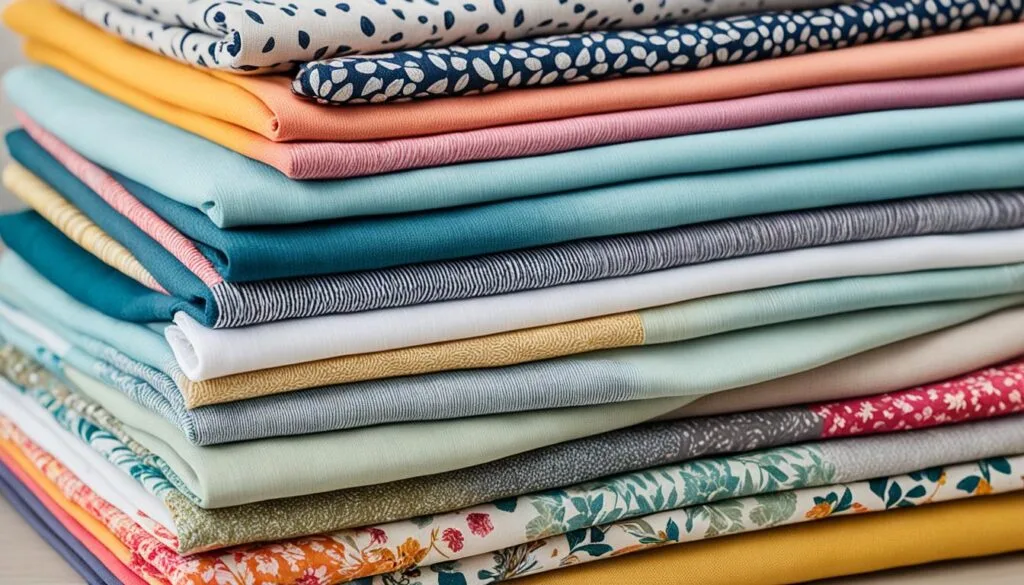
Sewing pillow covers well depends on the details. This article gives tips suitable for both beginners and pros. We’ll discuss everything from picking your fabric to how to sew it right.
Choosing the Right Fabric
Selecting the fabric is a crucial step. You need to think about how the cover will be used and what look you want it to have. For everyday use, tough fabrics like heavyweight cotton work best. If you want your cover to stand out, pick fabrics with fun textures or patterns.
Don’t forget to wash your fabric before you start. This stops it from shrinking later on.
Using the Right Needle
Using the right needle is just as important as the fabric. A universal needle in size 80/12 or 90/14 fits most jobs. But for special fabrics, like silk or heavyweight materials, you might need a special needle.
It’s a good idea to check the needle’s instructions. And replace your needle often to prevent any fabric damage.
Maintaining Proper Thread Tension
Getting your thread tension right is key to making your pillow covers look good. Bad tension can make the stitches too loose or too tight. This can mess up the look and strength of the seams. Always follow your sewing machine’s manual’s advice on thread tension.
Keep some spare fabric nearby for checking your tension. If your stitches look even and feel right, your tension is spot on.
Working with Different Types of Fabric
You’ll work with many different fabrics as you make pillow covers. They all need a bit of special handling. Here are some tips:
- For slippery fabrics like satin or silk, use more pins to keep them in place.
- Stretchy fabrics like jersey need a special needle. A stretch needle stops skipped stitches.
- If sewing something thick, like velvet, a walking foot helps. It keeps your stitching smooth.
Extra Fabric and Seam Rippers
No seamstress is perfect, and that’s why you need backup fabric and a seam ripper. Extra fabric means you can replace any mistakes. A seam ripper is for those times you need to fix a stitch or two.
When using a seam ripper, be careful not to tear the fabric.
| Tip | Benefit |
|---|---|
| Choose the right fabric | Ensures durability and enhances visual appeal |
| Use the right needle | Achieves clean and precise stitching |
| Maintain proper thread tension | Results in even and sturdy seams |
| Work with different fabric types | Prevents sewing mishaps and ensures quality |
| Have extra fabric and a seam ripper | Allows for corrections and adjustments |
Styling Your Pillow Covers
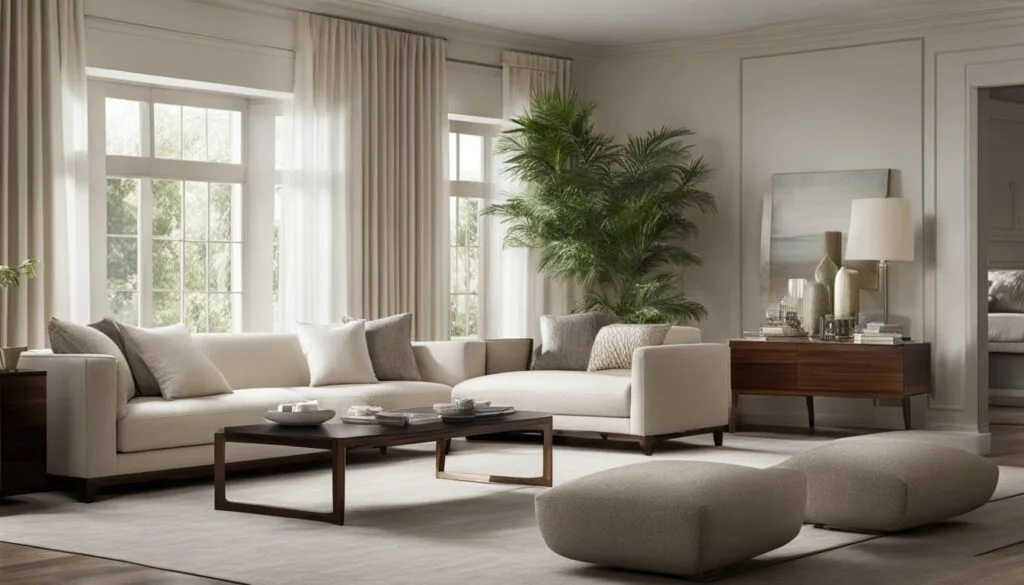
Your pillow covers serve a dual purpose. They are not just for functionality but are also a chance to show your style. Mix various designs, colors, and textures to change any room’s vibe. Here are tips to help you style your pillow covers:
1. Mixing and Matching:
Experiment with pattern and color combos. Try mixing floral with geometric or solid colors with textures. Pairing contrasting shades can make a statement, or stick to one color palette for a unified look. Striking a balance between bold and harmonious is key.
2. Adding Designs:
Add your personal touch with unique designs. Use fabric paint, stencils, appliques, or embroidery for special motifs. Let your creativity loose and be open to new techniques.
3. Ribbon Trims:
Enhance your pillow covers with ribbon trims. Select ribbons that match or use satin and velvet for elegance. Play with different ribbons to see what looks best.
4. Placement Ideas:
Think about where you place your pillow covers. Matched pillows on sofas or armchairs create a welcoming vibe. Layer pillows in bedrooms for a luxe feel. Outdoors, waterproof pillows can brighten up your patio.
Your pillow covers tell a story about your style. Be creative and bold to turn your space into a welcoming oasis with the right designs.
Conclusion
In the end, making a pillow cover yourself is both fun and rewarding. We went through easy steps to make beautiful pillow covers, talked about the benefit of an envelope closure, and gave away sewing tips. Plus, we shared with you how to style them to fit your home.
This project is great for beginners because it’s simple. But, those with sewing experience will also love it due to its customization options. Making your own covers lets you pick fabrics that match your decor best. It also means you can mix and match designs, patterns, and colors to get the look you want.
If you want to update your living room, cozy up your bedroom, or make a special gift, think about making pillow covers. Just follow our guide, use our tips, and trust your style. You’ll make pillows that look pro and make any room more beautiful and comfy.
So, get creative and start making your unique pillow covers. Don’t forget to check our website for more sewing ideas and tutorials. Enjoy your sewing!

